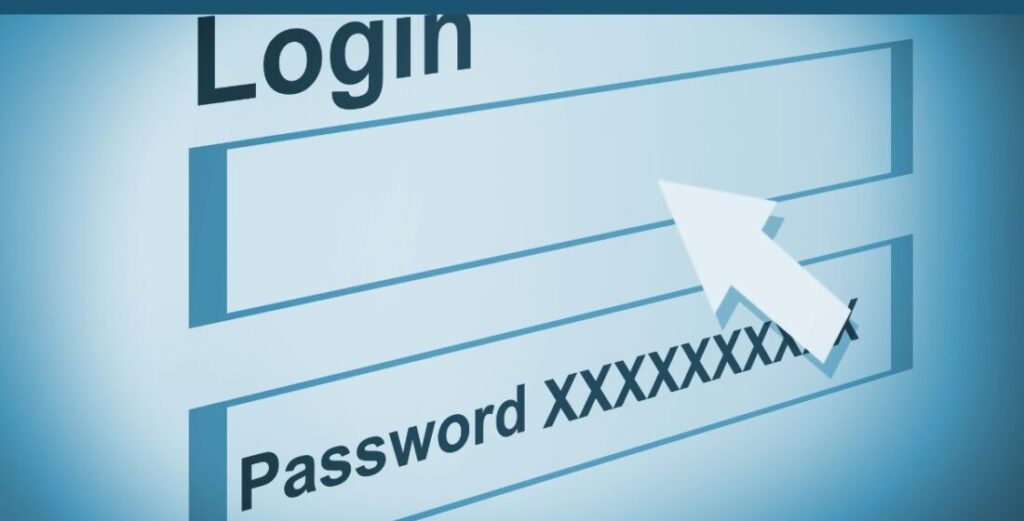How Forgotten Service Account Credentials Create Security Risk
Forgotten accounts. Outdated software. Both are irresistible entry points for intruders. And neglecting either exposes vulnerabilities.
Forgotten service accounts, also known as out-of-date or orphaned, refer to accounts whose credentials (login name, passwords, account keys, etc.) have expired or are no longer valid. These accounts often linger with important permissions’ settings, unmonitored activity, and passwords that haven’t been rotated in years. They act like spare keys no one remembers hiding under the mat. Threat actors are aware of this and exploit the legitimacy of former employee administrative credentials to access sensitive data.
In This Post
Why Forgotten Service Accounts Are a Growing Security Threat
When these are active but unmonitored, they can be just as dangerous as an unpatched vulnerability.
Handle service accounts with the same diligence as software patches. By keeping service accounts labeled, updated, and limited, you secure one of the most ignored attack paths.
Valid credentials refer to legitimate login details that a system accepts. Here are three common examples:
- Username + Password: e.g., an employee’s corporate login.
- API Key or Token: a long alphanumeric string that allows apps or services to talk to each other.
- SSH Key Pair: cryptographic keys used by developers or admins to securely log into servers.
How Attackers Get Valid Credentials
Even the strongest locks don’t help if attackers already have the key, and attackers look to exploit weak or forgotten credentials. According to Specops Software’s recent analysis botnets targeted neglected Microsoft service accounts to compromise thousands of systems.
Below are ways attackers end up with valid logins, including stale, out-of-date service accounts:
- Phishing Scams & Credential Harvesting – Fake emails or websites trick users into typing in their real usernames and passwords.
- Credential Leaks – Old data breaches expose usernames, passwords, or API tokens on the dark web, where attackers can reuse them.
- Password Reuse – If attackers get a password from one site, they can unlock every other account that uses it. When users recycle the same password across multiple accounts, a compromise on one platform can quickly spread to others.
- Brute Force & Credential Stuffing – Automated tools attempt to guess or test leaked passwords against other accounts until one is successful. Attackers also try a small set of common passwords across many accounts to avoid lockouts and detection.
- Exposed secrets in code, repos, or CI/CD pipelines – API keys, service account credentials, or tokens often end up committed to public/private repos or build logs, where they can be scanned, copied, and exploited.
- Session/token theft – Valid session cookies or OAuth tokens can be lifted from a browser, taken from logs, or pulled from an infected endpoint, and reused for silent, legitimate access. Because these tokens effectively are the keys to a session, reuse lets intruders roam freely until the token expires or is revoked.
Once they gain access, attackers can simply log in without needing to “hack” their way around. This is why protecting accounts, especially those that are left by former employees, is as crucial as keeping software up to date.
For a deeper look at how these vulnerabilities play out in the real world, check out our related article, Study Finds Hacking Behind 88% of Patient Record Breaches, where we explore how compromised credentials directly impacts protected health information in healthcare
Preventing Forgotten Accounts from Becoming Security Risks
Simple Account Actions to Stay on Track:
- Regular audit of user accounts
- Enforce multi-factor authentication (MFA)
- Enforce least privilege permissions – grant only what each account needs to function
- Implement offboarding procedures that include closing accounts
- Monitor for unusual login activity
Turn Forgotten Service Accounts into Managed Assets
Forgotten service accounts don’t have to be liabilities. They can become a managed and monitored part of your security strategy when you shift them from a blind spot to a monitored element of your security infrastructure.
By identifying, cataloging, and tracking accounts within your organization, you strengthen your data governance, improve your security posture, and enhance your compliance efforts. Examining out-of-date service accounts can also provide valuable feedback showing you where automations, legacy systems, or integrations need improvement.
Forgotten Service Accounts Don't Have To Be Liabilities
They can become a managed and monitored part of your security strategy. Every account you know about can become an instrument of resilience rather than risk!
Our team specializes in uncovering hidden security gaps and transforming potential weaknesses into strengths. Our Security Risk Assessment identifies your security vulnerabilities. Together, we will uncover, safeguard, and secure your overlooked accounts! Give us a call today to get started.




